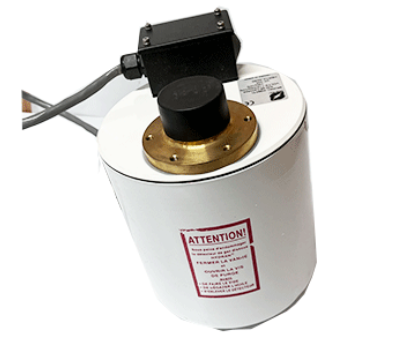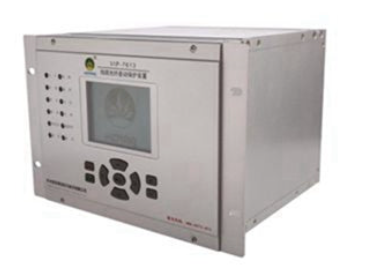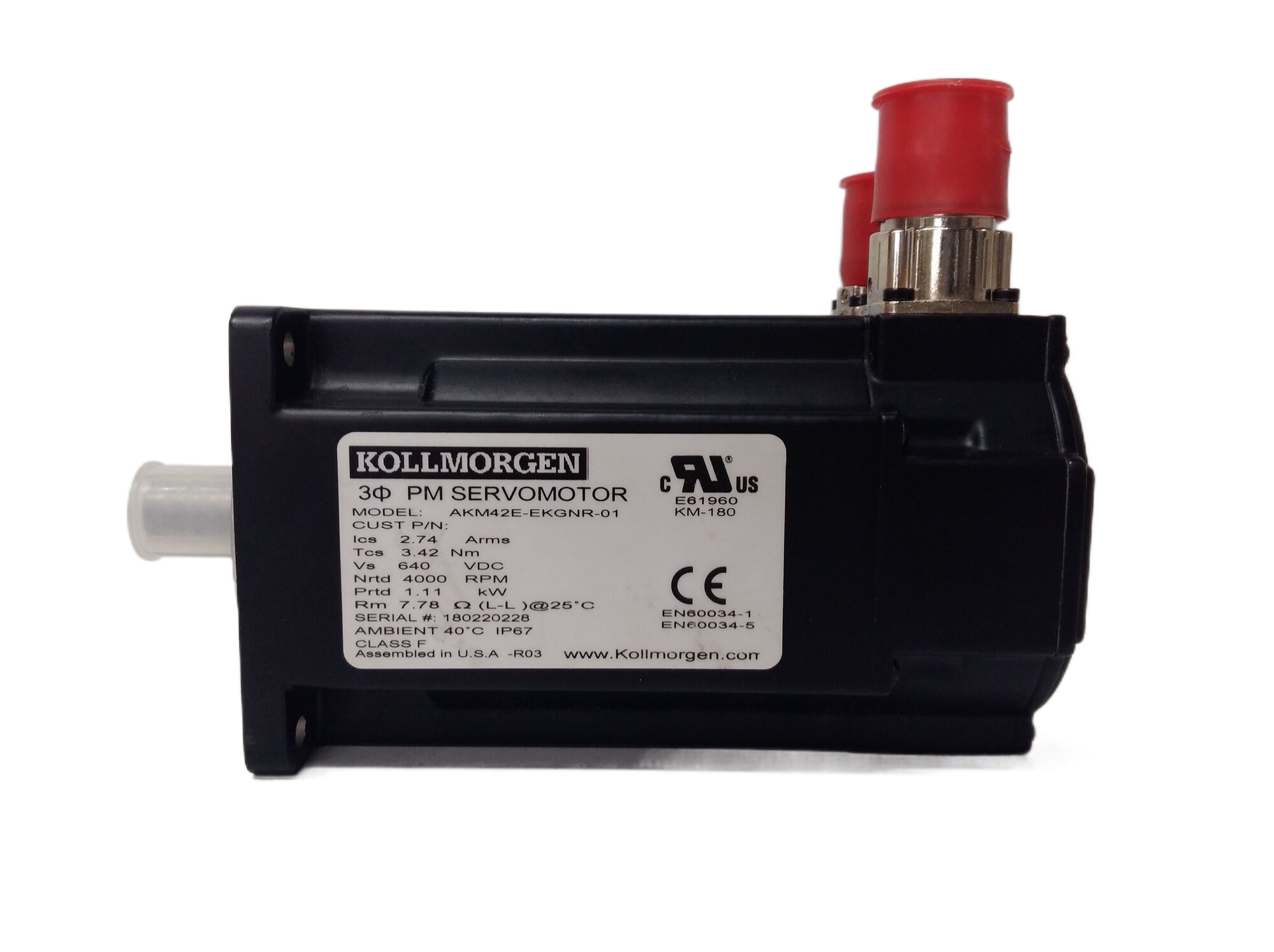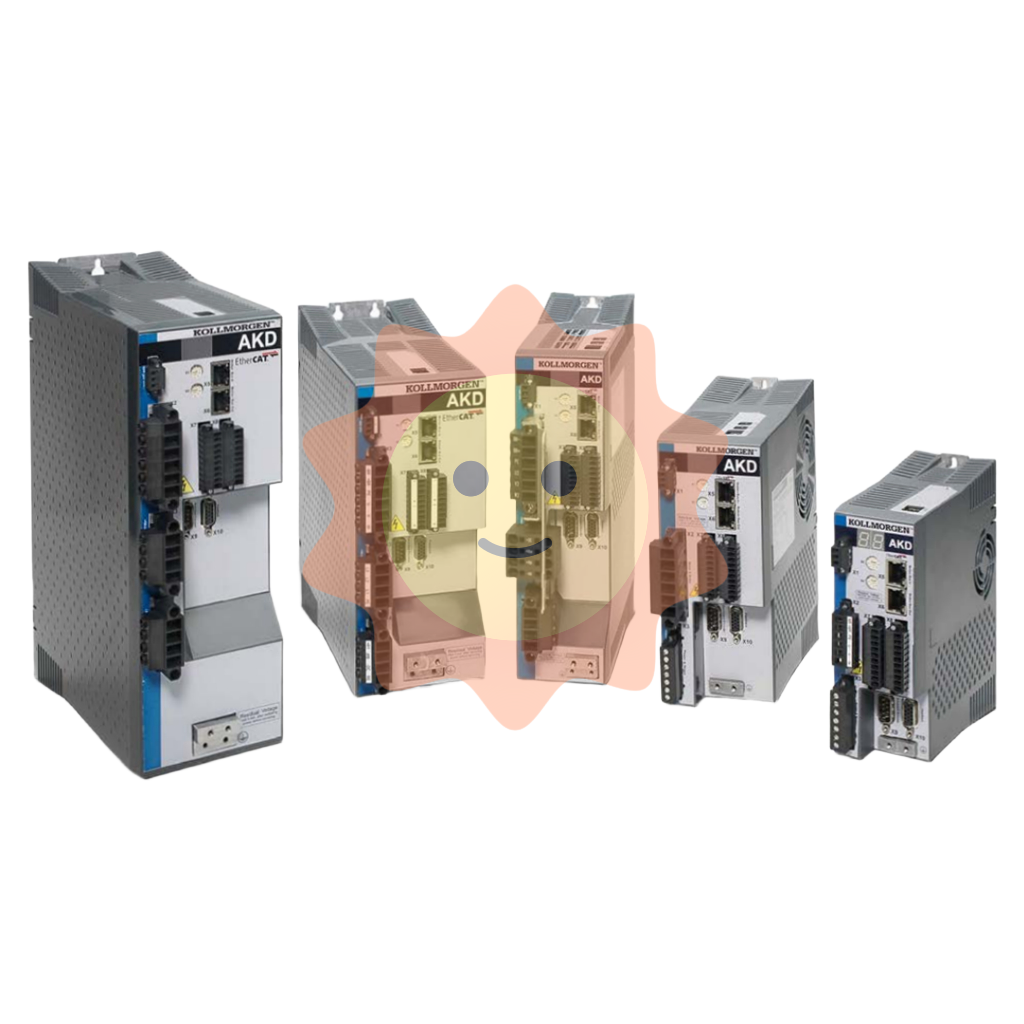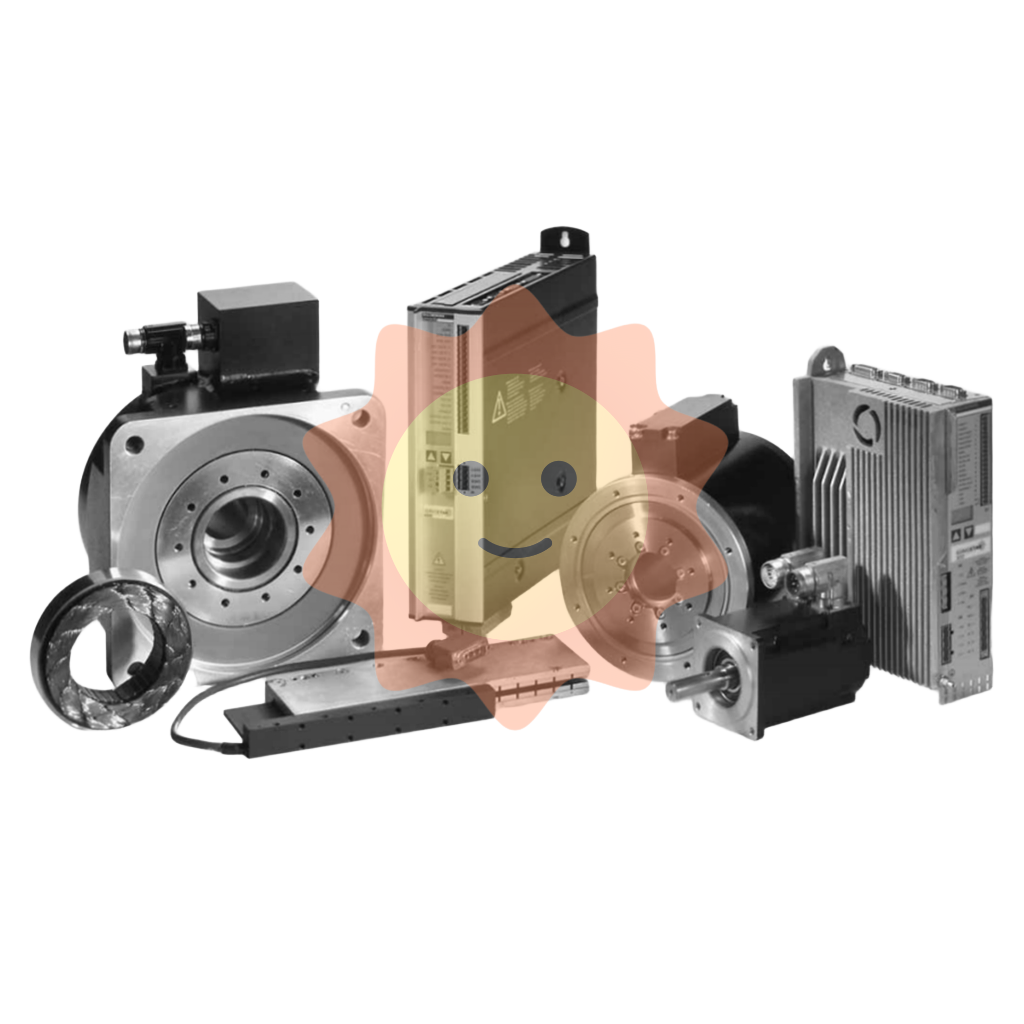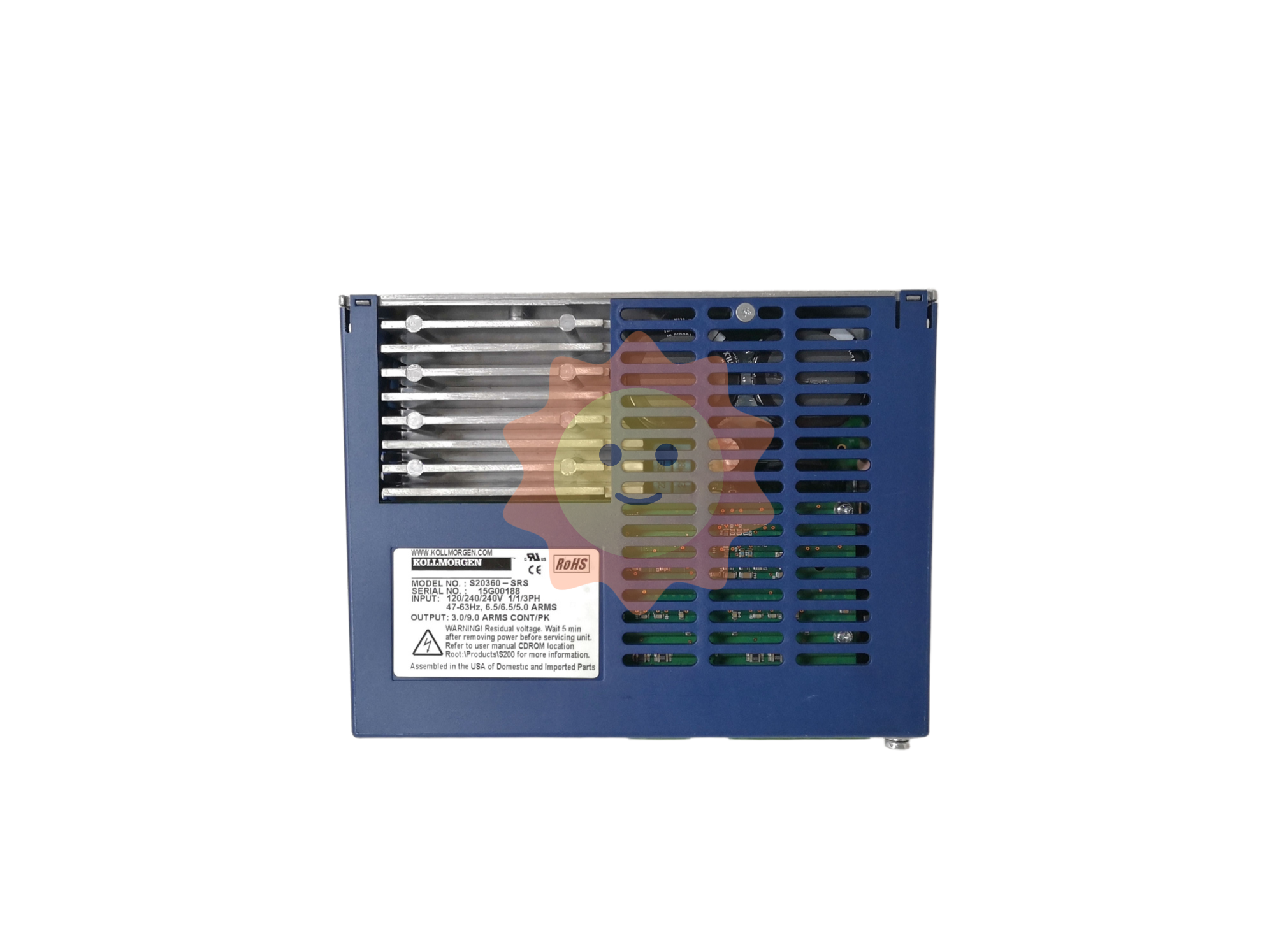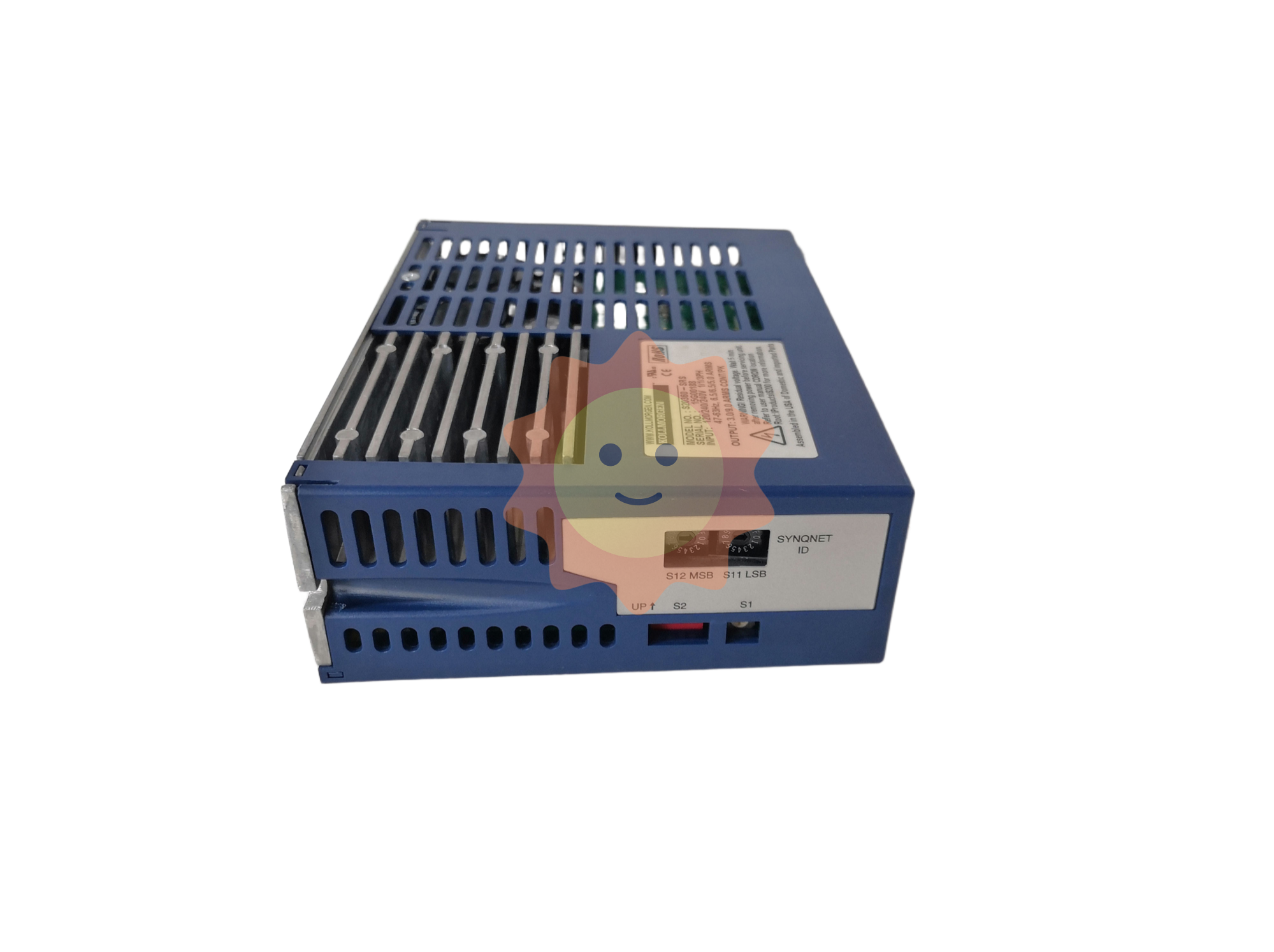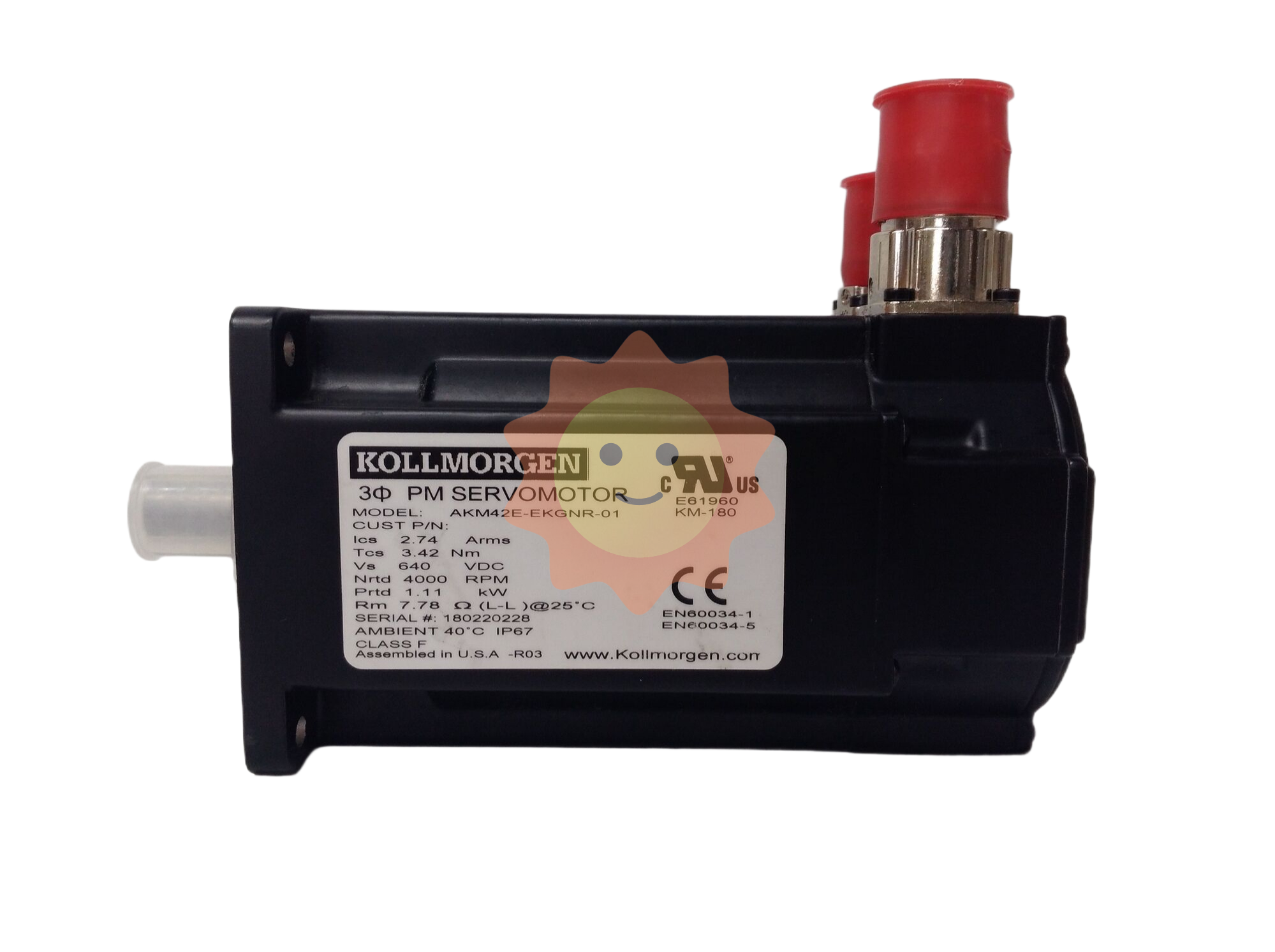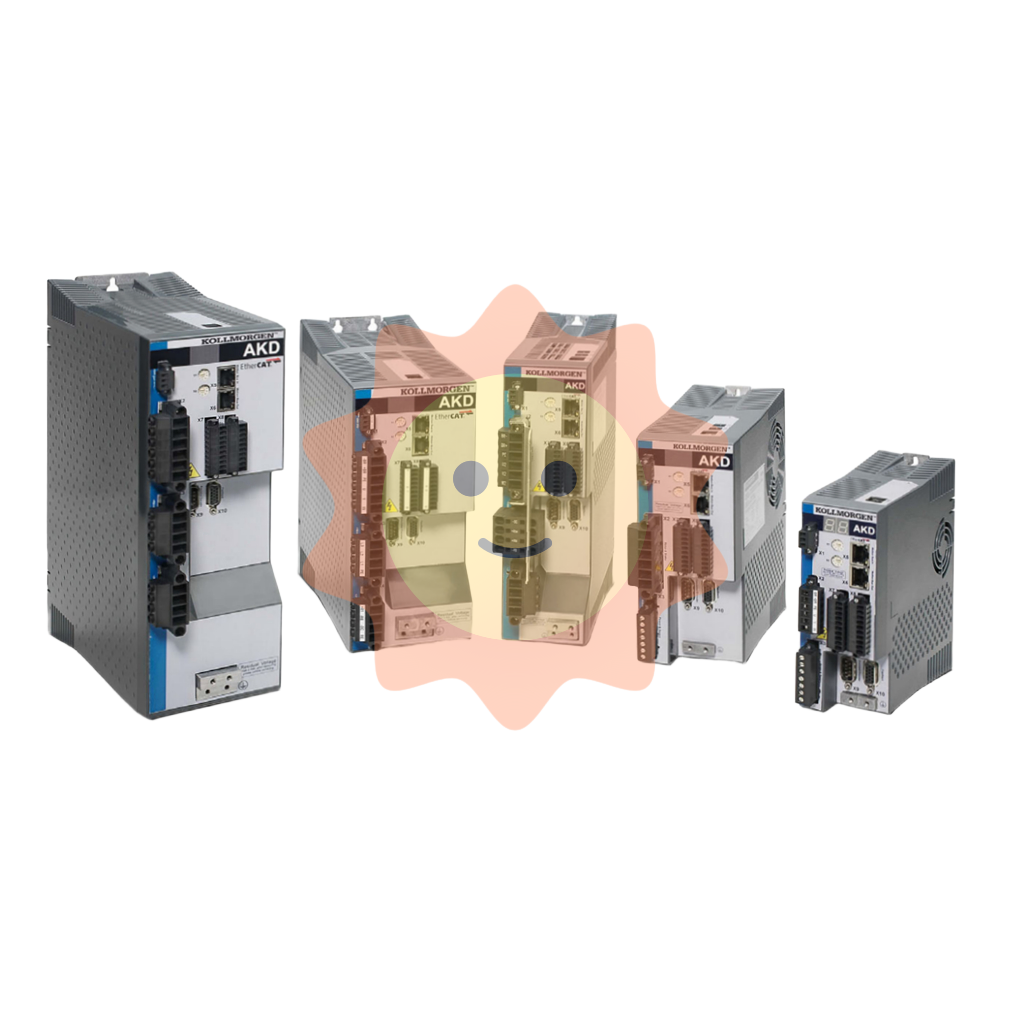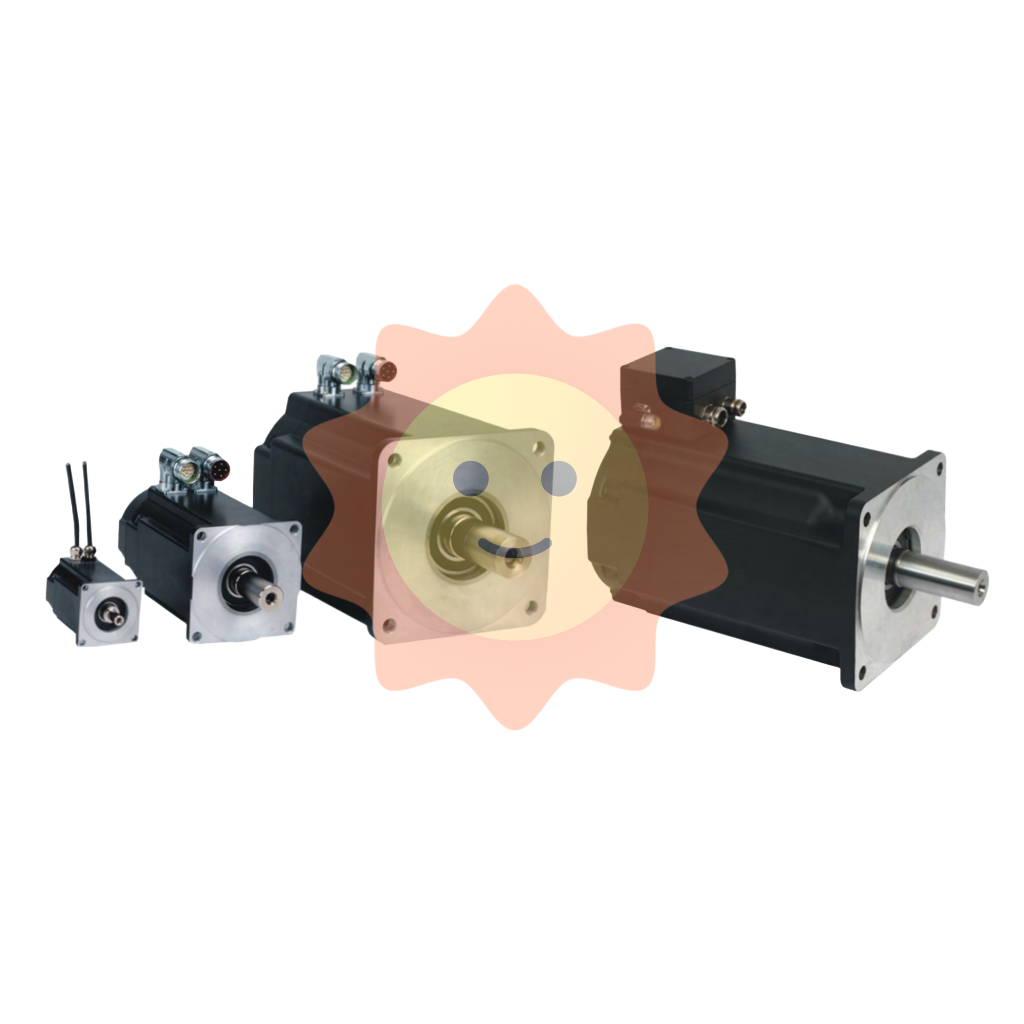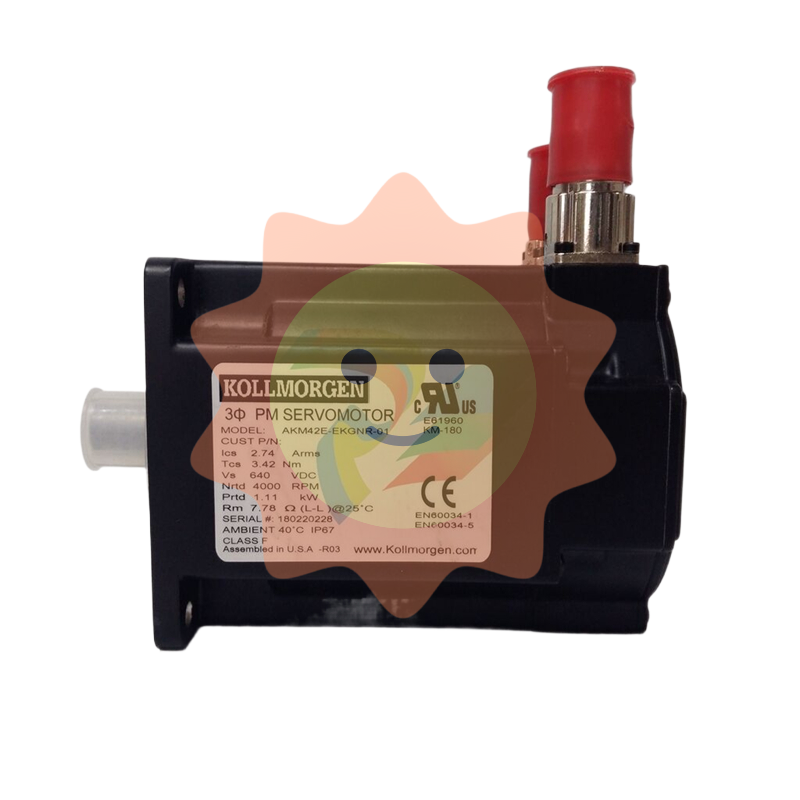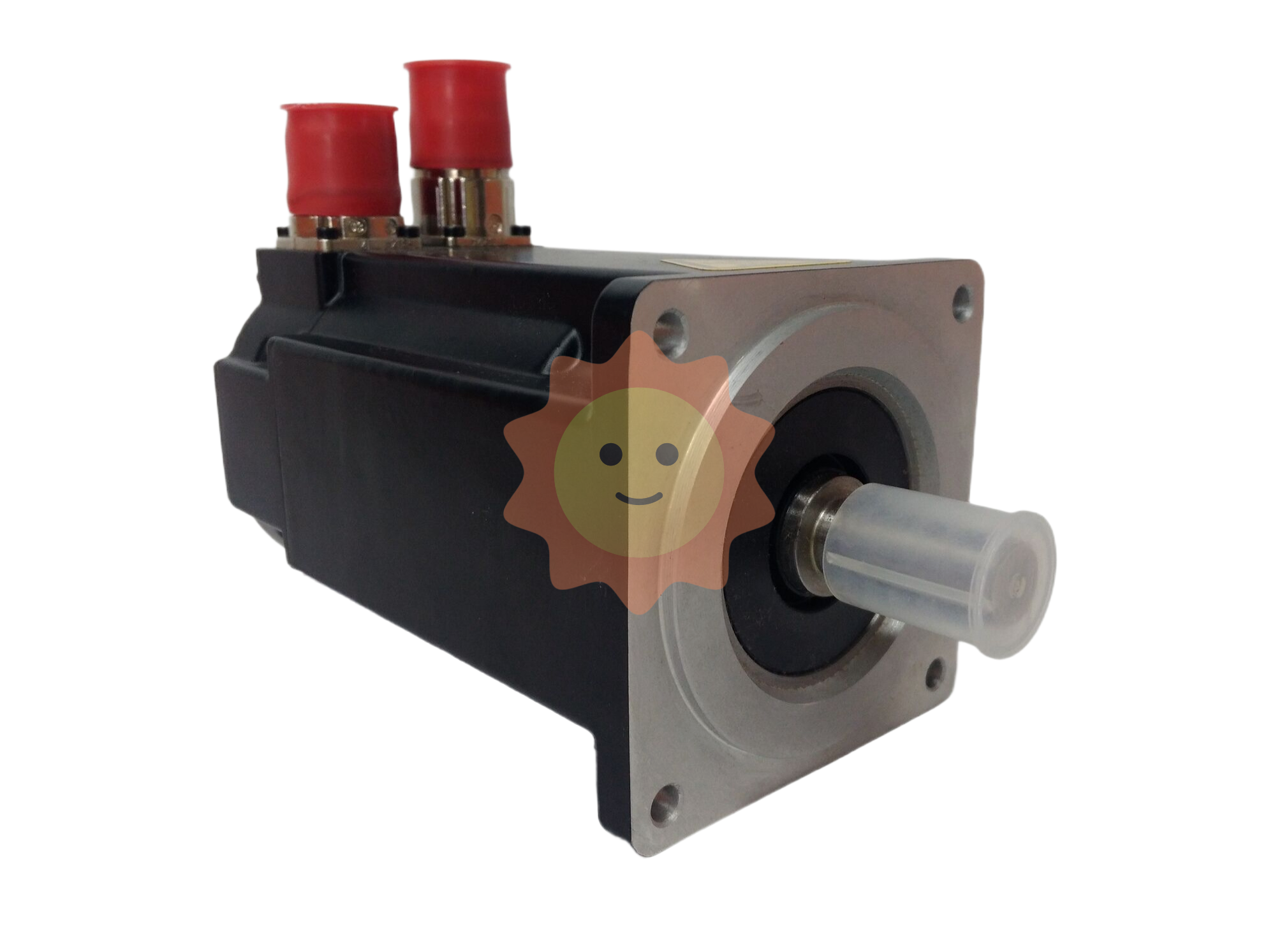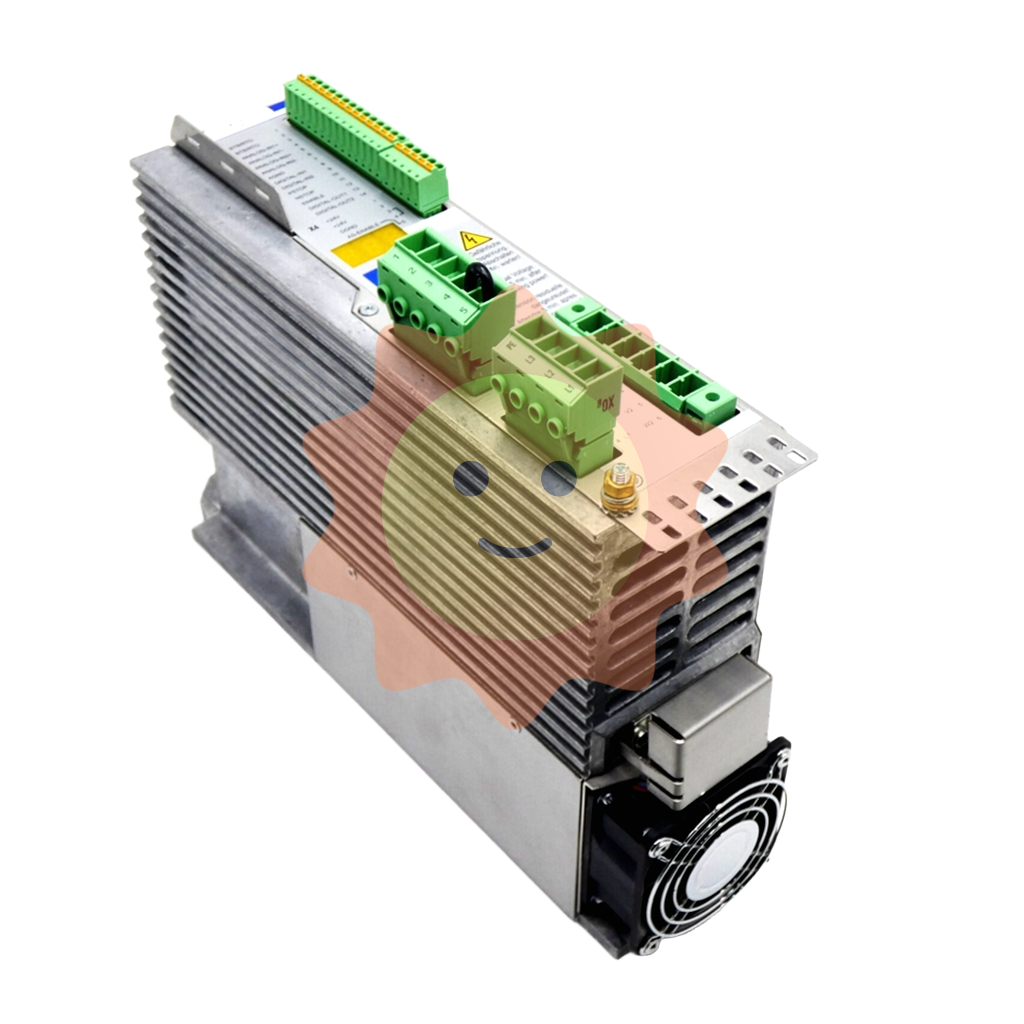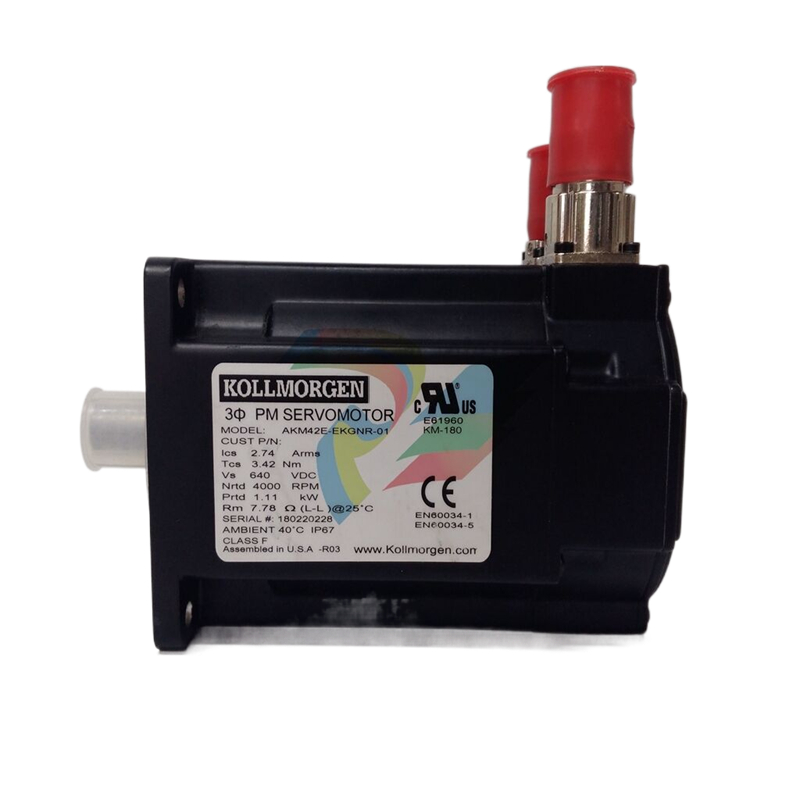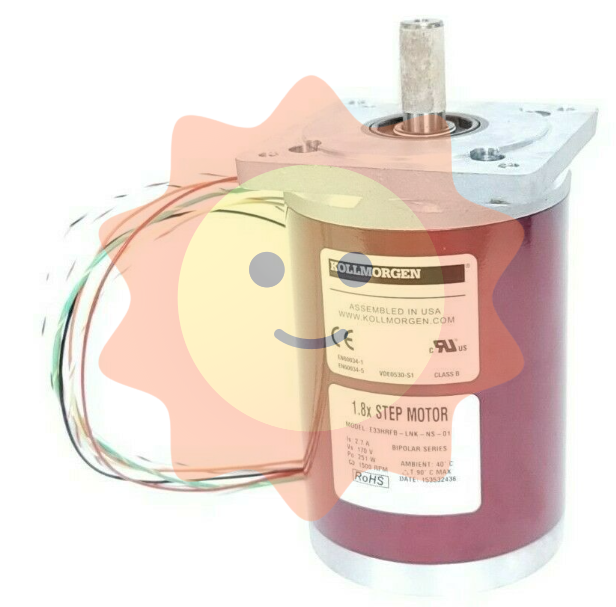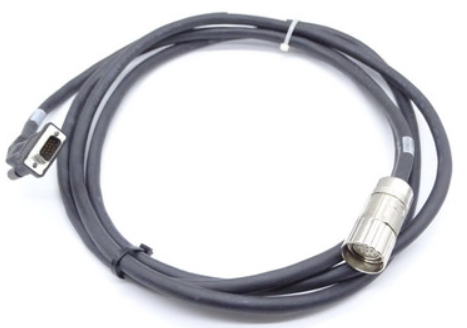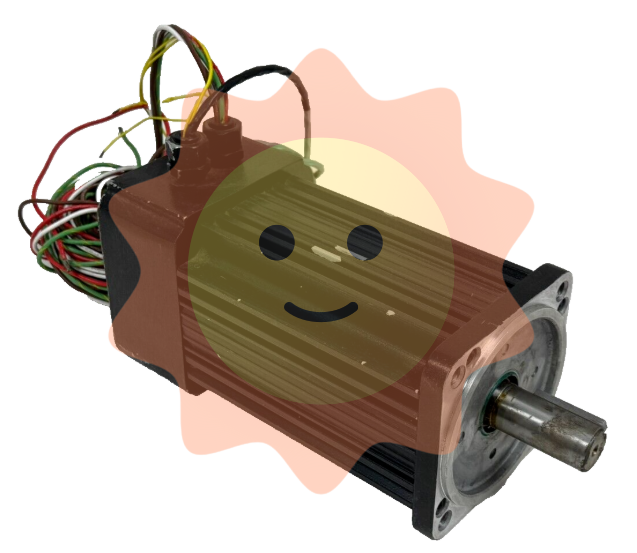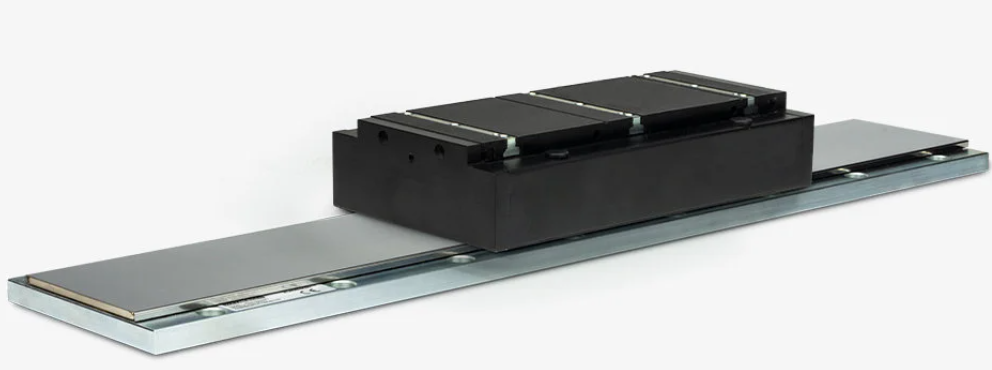Look for investment opportunities from the perspective of chemical industry trends
1. Look for investment opportunities from the perspective of chemical industry trends
As an intermediate link to undertake upstream production and downstream consumption, the chemical industry will usher in the reshaping of upstream production brought about by energy reform, and on the other hand will benefit from the growth of demand brought about by the development of downstream new energy fields (such as photovoltaic, wind power and new energy vehicles, etc.). We believe that the "double carbon" policy will accelerate the upgrading and adjustment of China's energy structure, the proportion of clean energy in total energy consumption is expected to increase significantly in the future, and the photovoltaic, wind power and new energy automobile industries will bring major development opportunities for related materials in the chemical industry.

1.1. The installed capacity of wind power is growing rapidly, and the demand for carbon fiber has ushered in an outbreak
Wind power blades are large-scale, and the trend of carbon fiber gradually replacing glass fiber is gradually established. At present, in order to reduce the kilowatt-hour cost of wind power and improve product profitability, global wind power giants have established the development goals of large-scale and lightweight wind power blades. In order to reduce the cost, it is necessary to increase the generation time and improve the ability of the fan to capture wind energy, and the most important way is to increase the sweep area of the blade and increase the diameter of the blade. According to statistics, wind power blade size has developed rapidly, from 2010 to 2019, the length of the blade has gradually increased from 100 meters to 125 meters, and the blade size is expected to further increase to 150 meters or even higher in the future. With the increasing of blade length, higher requirements are put forward for blade quality control. It is understood that the traditional blade manufacturing materials are mainly glass fiber composite materials, but the glass fiber blade weight is relatively large, has been unable to meet the development trend of wind power blade large-scale. The carbon fiber composite material has lower density and higher strength than the glass fiber composite material, which can ensure that the wind power blade can increase the length and greatly reduce the blade weight.
The installed capacity of domestic wind power is growing rapidly, and the demand for carbon fiber is strong. During the "13th Five-Year Plan" period, China's wind power installed capacity continues to lead the world, the pace of development is more stable than the "12th Five-Year" period, and the stable new market size has become the biggest foundation and driving force for industry progress. In 2020, 71.67GW of new wind power will be connected to the grid, and 52GW of new lifting capacity will be added, creating a historical record for China's annual new wind power installed capacity. According to GWEC's forecast, the cumulative installed capacity of wind power will reach 909GW by 2023, and the five-year compound growth rate from 2019 to 2023 will reach 9%.

Global annual demand for carbon fiber is growing steadily and is expected to reach 150,000 tons in 2023. Since 2004, the global carbon fiber market has been in short supply, and the price of carbon fiber has risen sharply. With the significant increase in the demand for carbon fiber for aerospace, sports and leisure and industrial applications, the global carbon fiber market has grown rapidly, and the global demand for carbon fiber reached 36,400 tons in 2008, more than double that of 2001; Since then, from 2009 to 2016, global carbon fiber demand continued to rise, including 2015, global carbon fiber demand growth reached 28%. After experiencing rapid growth in 2015, global carbon fiber demand recovered to an average growth rate of about 10% in 2016-2018, and by 2020, the total global carbon fiber demand was about 112,000 tons. Assuming that the future growth rate of carbon fiber demand is still growing at a rate of 10% per year, the total global carbon fiber demand is expected to reach about 150,000 tons in 2023.
The demand for carbon fiber in the aviation sector mainly benefits from the lightweight drive of aircraft. According to the data of Zhiyan Consulting, the current demand for carbon fiber in the aerospace field accounts for about 23%-25%, and the demand for carbon fiber in the aviation field mainly benefits from the lightweight aircraft drive. Taking Boeing's B787 model aircraft as an example, 55% of the weight of the whole fuselage of the aircraft uses carbon fiber reinforced composite materials, reducing the weight of the aircraft by more than 20%, effectively achieving the development needs of efficient emission reduction; On the other hand, according to the official website information of Boeing and Airbus, in 2018, Boeing's composite aircraft B787 delivered 145, an increase of 6.6%, and Airbus's composite aircraft A350 delivered 93, an increase of 19.2%, directly driving the demand for carbon fiber in the aviation field increased by more than 11%. In addition, it is understood that the domestic C919 large passenger aircraft in the radome, wing front and rear edges, movable wings, winglets, wing body fairing, rear fuselage, tail and other main load and sub-load structure made of composite materials, of which 15% of the aircraft fuselage using resin-based carbon fiber material, this is the first large area of domestic civil passenger aircraft to use this material. We believe that with the gradual upgrading of carbon fiber materials technology and the gradual deepening of the layout of lightweight aircraft, carbon fiber has broad development prospects in the aviation field.
Domestic carbon fiber high-end import substitution prospects are broad. On the other hand, as domestic enterprises continue to increase investment in the field of carbon fiber, research and development production strength has been greatly improved. At present, in terms of product categories, Guangwei Composite, Zhongfu Shenying, Zhongjian Technology and other enterprises have realized the industrialization of T300/T700 grade carbon fiber products, and successfully applied to the aerospace field. In addition, the key production technology of high-strength and high-model carbon fiber M50J has also been breakthrough. In terms of large tow, the 12,000 tons/year large tow carbon fiber production project created by Jinggong Group and Jilin Chemical Fiber was also completed and put into operation last year, and its large tow carbon fiber production capacity reached 2000 tons/year, successfully filling the blank situation of domestic large tow carbon fiber. In the field of composite materials application, domestic carbon fiber has also successfully entered the aerospace field in recent years, with the successful test flight of domestic large aircraft C919, the future of domestic carbon fiber used in high-end areas is expected to gradually break the foreign monopoly situation.
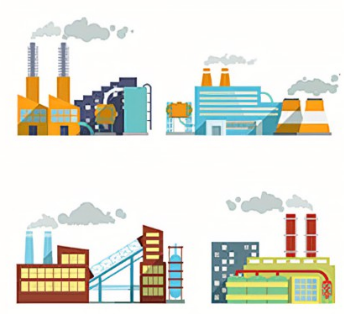
Considering that the global installed scale of wind power is still expanding, the future demand for carbon fiber for domestic wind power blades will continue to maintain rapid growth. Carbon fiber in the military industry is also continuously achieving import substitution, we believe that with the development of the general trend of the industry, the domestic carbon fiber industry leading growth opportunities.
1.2. The installed capacity of the photovoltaic industry is developing rapidly and continues to drive the demand for soda ash
Soda ash industry prosperity is high, photovoltaic glass will become the core increase of soda ash demand in the future. Soda ash can be divided into light soda ash and heavy soda ash, heavy soda ash is mostly used in float glass, photovoltaic glass and other glass manufacturing. Light soda ash downstream covers metallurgy, printing and dyeing, leather, daily chemical and food and other fields, the application is more dispersed. In terms of production capacity and output, according to Zhuo Chuang consulting data, as of the end of 2020, China's soda ash production capacity of 33.17 million tons, the output of 27.95 million tons, the industry operating rate in the past five years remained in the 83% to 90% range, the industry boom degree is high. In terms of the downstream application of soda ash, according to statistics, the current domestic soda ash downstream consumption structure float glass accounts for about 40%, glass packaging containers account for 12%, and photovoltaic glass accounts for 6%. We believe that with the release of photovoltaic glass production capacity constraints, the rapid development of photovoltaic industry installed capacity in the future, photovoltaic glass will be constructed to drive the core increment of soda ash demand.
It is conservatively predicted that in 2025, China's new photovoltaic installed capacity will pull the annual demand for soda ash exceeding one million tons. In 2020, China's new photovoltaic installed capacity of 48.2GW, an increase of 59%, the cumulative photovoltaic installed capacity of 253GW, China's new photovoltaic installed capacity for 8 consecutive years ranked first in the world, cumulative installed capacity for 6 consecutive years ranked first in the world. According to the forecast data of China Photovoltaic Industry Association, it is conservatively predicted that China's photovoltaic installed capacity in 2021-2025 is 55GW, 60GW, 70GW, 80GW and 90GW, according to each 1GW photovoltaic module corresponding to about 6.6 million square meters of photovoltaic glass. Each square meter of photovoltaic glass weighs about 10kg and each ton of glass produced about 0.2 tons of soda ash consumption is converted. From 2021 to 2025, China's new photovoltaic installed capacity is expected to drive soda ash demand of 726,000 tons, 792,000 tons, 924,000 tons, 1.056 million tons and 1.188 million tons, respectively.
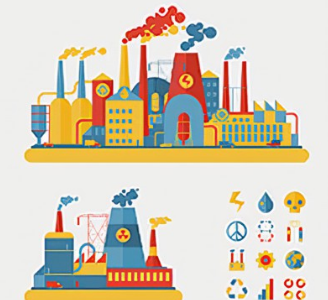
Under the background of "new energy +", the backward production capacity of soda ash is expected to accelerate the clearance, and the future new production capacity will mainly be based on natural alkali method. From the point of view of production process, the main production process of soda ash is divided into three kinds: ammonia alkali method, joint alkali method and natural alkali method, and the capacity of the above three kinds of processes in China is about 50%, 45% and 5% respectively. Among the three alkali making processes, the ammonia-alkali process has greater environmental pollution, consumes a lot of natural resources, the utilization rate of raw salt is low, the by-product calcium chloride is less useful, and most of it is treated as waste residue.
Compared with the ammonia-alkali method, the combined alkali method has less pollution, higher utilization rate of raw salt, and matches with the synthetic ammonia industry. The by-product ammonium chloride can be used as the raw material for the production of compound fertilizer, but the sodium carbonate products produced by the combined alkali method are less salty and granular than ammonia alkali, which is difficult to quality control, and the mother liquor of ammonium chloride is more corrosive to equipment. Natural alkali method not only has less pollution to the environment, but also has obvious cost advantages compared with the other two methods, according to GenesisEnergy, the cost ratio of natural alkali method, ammonia alkali method and combined alkali method is about 1:1.8:2.3. We believe that under the background of "new energy +", China's requirements for carbon emissions and environmental protection control are becoming increasingly strict, and the ammonia-alkali method, which occupies half of the domestic production capacity, will be gradually withdrawn, while the new soda ash production capacity will be mainly based on the trona process.
Combined with the previous analysis, the supply level of the soda ash industry: under the background of "double carbon" and environmental protection stricter policies, the backward production capacity of the soda ash industry is expected to gradually withdraw, and the new production capacity may be dominated by natural alkali method. Demand level: Benefiting from the rapid increase in the installed capacity of photovoltaic, the demand for soda ash is expected to rise steadily. Considering that the current soda ash industry basically presents a tight balance between supply and demand, in the context of "new energy +", the fundamentals of the soda ash industry will be good for a long time, and the soda ash price is expected to maintain a high boom.
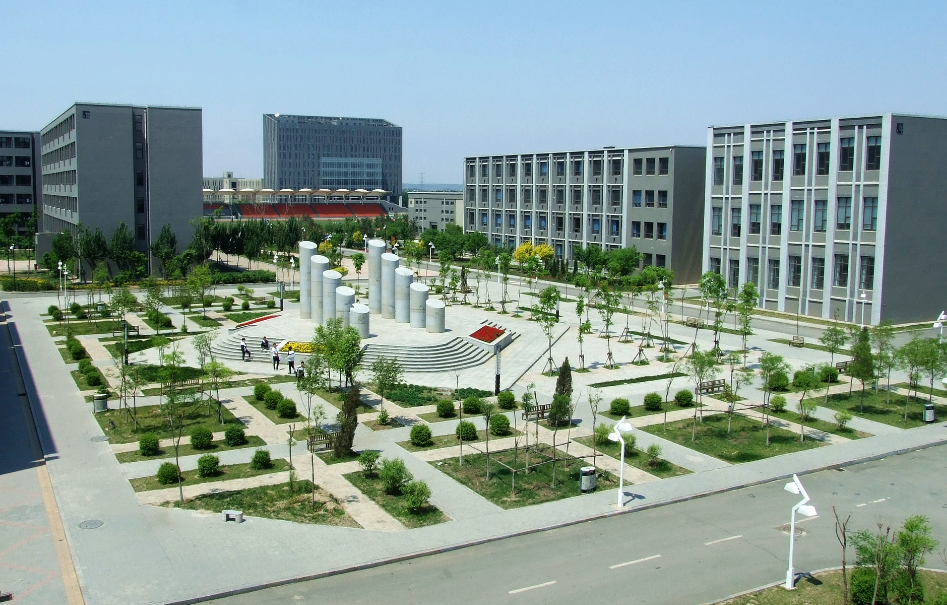
1.3. The development of new energy vehicles is in full swing, focusing on investment opportunities in tire and iron phosphate sectors
1.3.1 Tires: New energy track corners overtaking, there are major opportunities for national tire enterprises
1) From the perspective of tire industry. Nowadays, the world's tire giant enterprises are often born in the automobile kingdom, and the successful rise of tire enterprises is usually closely related to the level of the domestic automobile industry. We believe that the rise of national tire enterprises is also closely related to the development of the local automobile industry. Among them: in the field of traditional fuel vehicles, we believe that with the gradual increase in the importance of domestic cars on product quality and brand power and the rapid development of SUV models, including Geely, the Great Wall and Red Flag and other independent brands are expected to gradually rise, creating opportunities for the development of domestic tire enterprises. In the field of new energy vehicles, we believe that compared with overseas car companies, domestic car companies have no substitute for foreign companies in the field of new energy, which also provides opportunities for the rise of independent brand cars to overtake corners. In addition, the new energy car has higher requirements for cost control, which brings opportunities for domestic tire companies with cost-effective advantages to cooperate with foreign car companies such as Japan and Europe, and high-quality national tire companies are expected to leverage new energy car market opportunities to cut into high-end car brands.
2) From the perspective of the enterprise itself. We believe that the excellent national tire enterprises in the technical level, capacity scale, brand strength has been no worse than overseas powers, excellent national tire enterprises have the basis for rise.
3) From the perspective of objective data of the industry. We analyze from the three levels of sales growth, sales proportion and market position of comparable companies, and find that the current domestic high-quality tire companies are accelerating the momentum of development, and the income level has been comparable to overseas second-tier companies such as Yokohama and Hankook, so we believe that national tire companies have shown signs of rising.
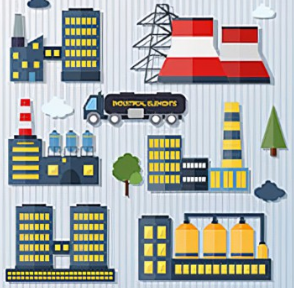
4) From the perspective of market capitalization. Globally, the market value of tire industry giants Bridgestone and Michelin has remained above 100 billion yuan for a long time, while the market value of domestic listed tire companies is generally small, we believe that with the gradual rise of national tires, there is huge room for market value improvement. (Report source: Future Think Tank)
1.3.2 Iron phosphate: Benefiting from the demand for new energy vehicles, iron phosphate market space is huge
The rapid development of new energy vehicles, iron phosphate market opportunities. In the past five years, the compound growth rate of global new energy vehicles has reached 35%, and the compound growth rate of domestic new energy vehicles has reached 28%. According to the "New Energy Automobile Industry Development Plan (2021-2035)" issued by The State Council and the new energy vehicle promotion policies formulated by various countries, It is expected that the compound growth rate of global new energy vehicles in 2021-2025 will remain at 35%, the compound growth rate of domestic new energy vehicles will reach 30%, and the global sales volume of new energy vehicles will be 13.79 million by 2025, and the domestic sales volume of new energy vehicles will be 5.15 million. Benefiting from the vigorous development of new energy vehicles, we believe that iron phosphate, which is mainly used for new energy vehicle batteries, also has greater development opportunities.
- EMERSON
- Honeywell
- CTI
- Rolls-Royce
- General Electric
- Woodward
- Yaskawa
- xYCOM
- Motorola
- Siemens
- Rockwell
- ABB
- B&R
- HIMA
- Construction site
- electricity
- Automobile market
- PLC
- DCS
- Motor drivers
- VSD
- Implications
- cement
- CO2
- CEM
- methane
- Artificial intelligence
- Titanic
- Solar energy
- Hydrogen fuel cell
- Hydrogen and fuel cells
- Hydrogen and oxygen fuel cells
- tyre
- Chemical fiber
- dynamo
- corpuscle
- Pulp and paper
- printing
- fossil
- FANUC
- Food and beverage
- Life science
- Sewage treatment
- Personal care
- electricity
- boats
- infrastructure
- Automobile industry
- metallurgy
- Nuclear power generation
- Geothermal power generation
- Water and wastewater
- Infrastructure construction
- Mine hazard
- steel
- papermaking
- Natural gas industry
- Infrastructure construction
- Power and energy
- Rubber and plastic
- Renewable energy
- pharmacy
- mining
- Plastic industry
- Schneider
- Kongsberg
- NI
- Wind energy
- International petroleum
- International new energy network
- gas
- WATLOW
- ProSoft
- SEW
- wind
- ADVANCED
- Reliance
- YOKOGAWA
- TRICONEX
- FOXBORO
- METSO
- MAN
- Advantest
- ADVANCED
- ALSTOM
- Control Wave
- AB
- AMAT
- STUDER
- KONGSBERG
- MOTOROLA
- DANAHER MOTION
- Bently
- Galil
- EATON
- MOLEX
- Triconex
- DEIF
- B&W
- ZYGO
- Aerotech
- DANFOSS
- KOLLMORGEN
- Beijer
- Endress+Hauser
- MOOG


Email:wang@kongjiangauto.com

